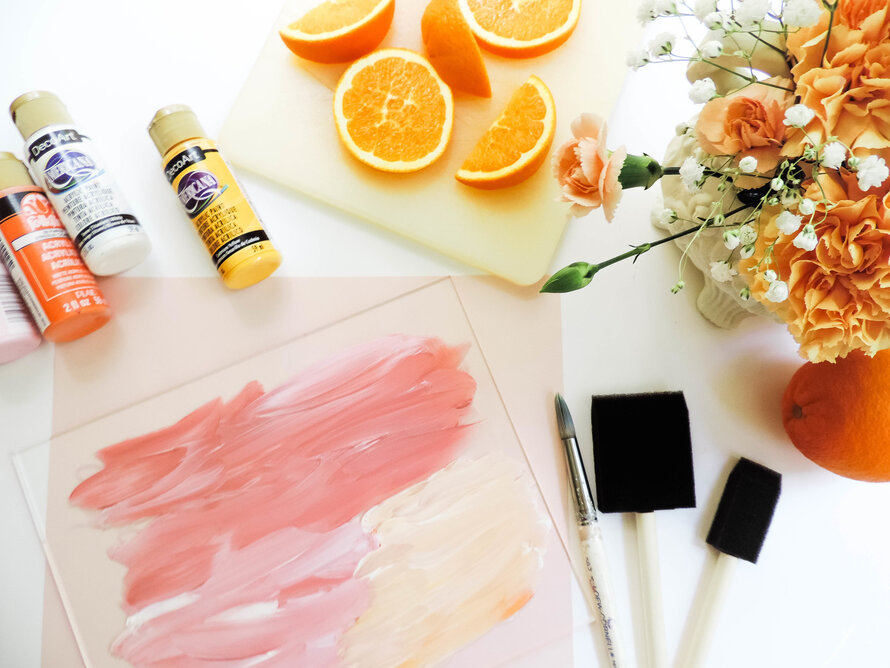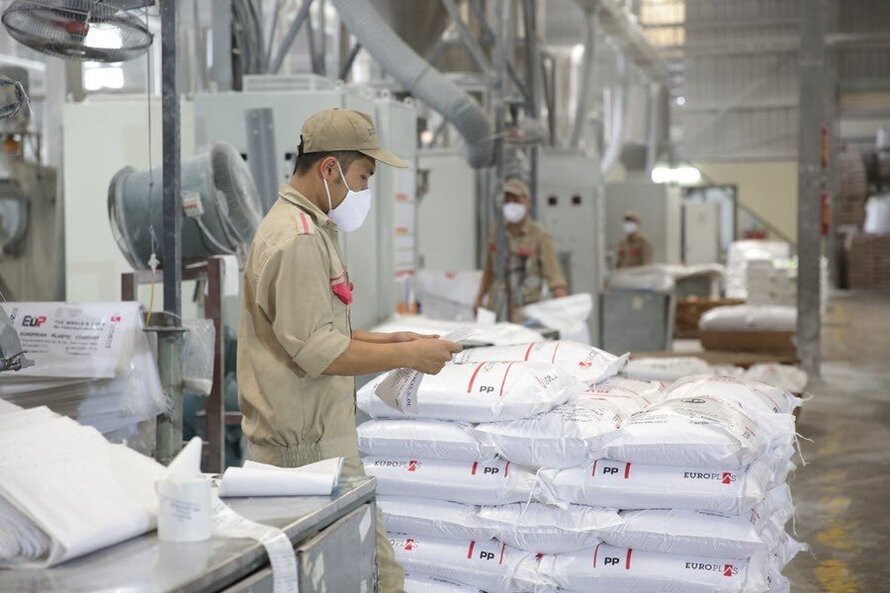Painting on acrylic sheets, often referred to as plexiglass, can be fulfilling, but it necessitates careful attention and appropriate techniques for a professional finish. Plexiglass poses unique challenges compared to traditional surfaces like canvas or wood due to its smooth and non-absorbent nature. However, with the right preparation and materials, you can produce enduring and stunning artwork on acrylic sheets. This article will delve into the possibilities and techniques of painting on acrylic sheets, addressing the benefits, challenges, and remarkable outcomes that can be realized.
1. Painting on acrylic sheet
Here's a comprehensive guide to mastering the art of painting on acrylic sheets:
1.1. Preparation is key
Before unleashing your creativity on acrylic sheets, properly prepare the surface. Begin by sanding the plexiglass with medium-grit sandpaper, around 100 grit, to create a rough texture for effective primer adherence. Use masking tape to protect areas you don't want to paint and create clean edges.
1.2. Clean thoroughly the acrylic sheet
After sanding the acrylic sheet, remove any dust and debris. Gently scrub the surface with a sponge dipped in soapy water to remove dirt and oil residues. Rinse the plexiglass with fresh water and dry it thoroughly with a soft cloth. Avoid painting on wet surfaces as it can affect paint adhesion.
1.3. Prime the surface
Apply a primer specifically for plastic surfaces. Spray primer provides even coverage and adhesion. Hold the spray can nozzle about 8 inches from the acrylic sheet at a 45-degree angle, applying the primer in a thin, even coat. Let the primer dry completely before applying additional coats if necessary.
Depending on the plexiglass surface's smoothness, you may need to apply multiple primer layers for proper adhesion. Let each layer dry completely before applying the next. Once the final primer coat is touch-dry, carefully remove any masking tape to prevent peeling.
1.4. Start painting on the acrylic sheet
To achieve a solid color on your acrylic sheet, evenly apply acrylic paint - either spray or liquid - across the surface. If you're painting specific parts or designs on the acrylic sheet, use a brush, roller, or spray to apply the paint. Multiple coats may be necessary to ensure vibrant and evenly distributed colors.
Allow each paint layer to dry completely before applying the next one to avoid smudging or color mixing. This step is key to achieving a smooth, professional finish on your acrylic sheet artwork.
1.5. Seal and protect
After achieving the desired paint surface, apply a waterproofing sealant to protect it from moisture and other elements, especially when the artwork will be displayed outdoors. Choose between matte or glossy sealants based on your preference for the final finish.
Read more: Which is stronger, acrylic or polycarbonate?
2. What paint to use on acrylic sheet?

What type of paint can be used to paint on acrylic sheets?
Selecting the appropriate paint for your acrylic sheet project is crucial for achieving your desired outcome. Both acrylic and oil-based paints are viable options, but acrylic paints are often favored for their affordability, availability, and ease of application.
Here's a closer look at the best paints for acrylic sheets and some important factors to consider:
2.1. Acrylic-based paint or ink
Acrylic paint or ink is a preferred choice for painting on acrylic sheets due to its versatility and compatibility with plastic surfaces. Acrylic paint is inexpensive, easy to find, and simple to use. They come in a wide range of colors and can be easily applied with various tools like paintbrushes, rollers, spray cans, or sponges. Acrylic paints dry relatively quickly, making them suitable for projects with tight deadlines or multiple paint layers.
2.2. Oil-based paints
Though less commonly used than acrylic paints, oil-based paints can also be applied to acrylic sheets. However, they take longer to dry and may require extended drying times between coats. Also, oil-based paints may emit stronger fumes and need more ventilation during use.
Besides considering the material when painting on acrylic plastic panels, you also need to keep in mind the following to achieve the best results:
- When using acrylic paints, ensure each layer dries fully before applying the next to avoid smudging or color mixing.
- To preserve your artwork and ensure its durability, consider using a spray-on sealer designed specifically for acrylic paints. This clear layer adds a protective barrier that helps maintain your artwork's integrity over time.
- When using acrylic paints, consider the drying time, especially for thicker layers. If you're using a hairdryer to hasten the drying process, be careful not to overheat the acrylic to prevent warping or damage to the paint and primer.
- Even after it's completely dry, acrylic paint can still peel off, even on something as gentle as your fingernails. Therefore, be very careful when moving the painting, minimizing collision.
3. Conclusion
In conclusion, painting on acrylic sheets is indeed possible and offers a range of creative possibilities for art lovers. With proper surface preparation, the right choice of paints, and the usage of various techniques and effects, you can create stunning artwork on acrylic sheets. Capturing the unique characteristics of acrylic plastic panels, such as transparency and durability, you can utilize paintings on this material for a variety of purposes and applications. Prepare an acrylic sheet and start your journey of artistic discovery.
4. About EuroPlas

EuroPlas - a leading enterprise providing specialized material solutions in the plastic industry
For top-notch plastic supplies, EuroPlas is the right destination for your diverse needs of plastic materials. With the mission of enhancing competitive advantages for businesses through optimal material solutions, we carry a variety of plastic products that ensure both top quality and affordable prices.
Our extensive product range encompasses filler masterbatch, color masterbatch, plastic additives, bio-fillers, and bioplastics, catering to diverse industry needs. Whether you're seeking reliable materials for manufacturing or innovative solutions for your projects, EuroPlas has you covered.
Please contact us today for product consulting support or visit EuroPlas's blog to learn the latest and most useful information about the plastic industry today.